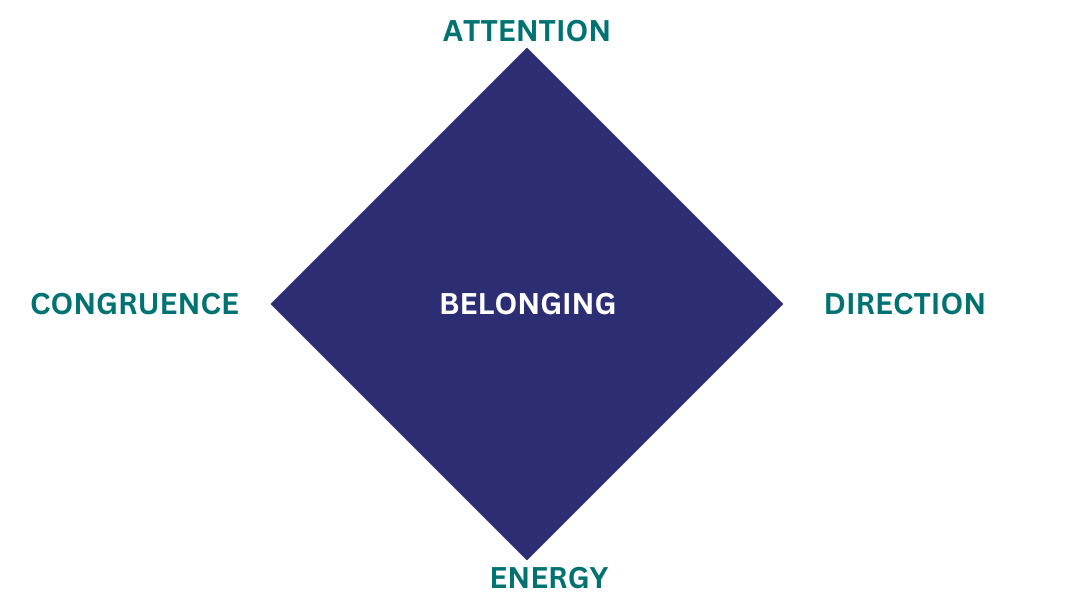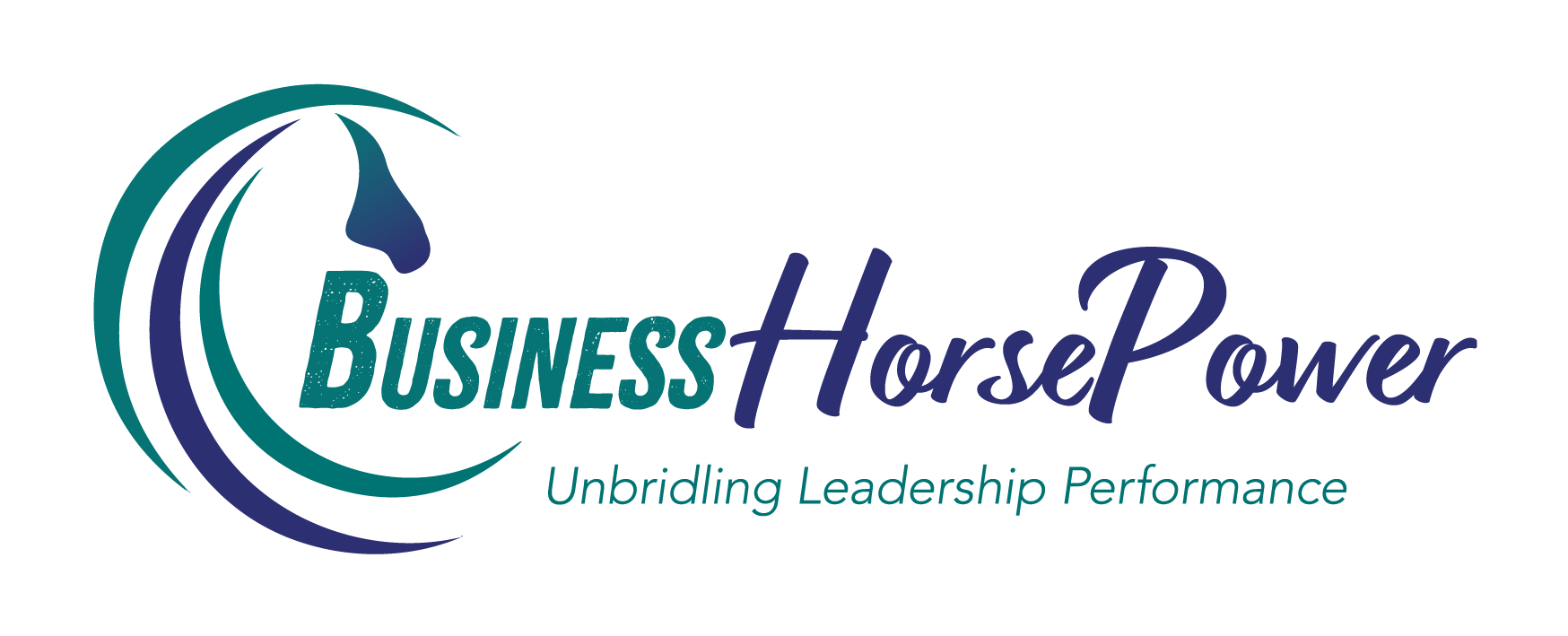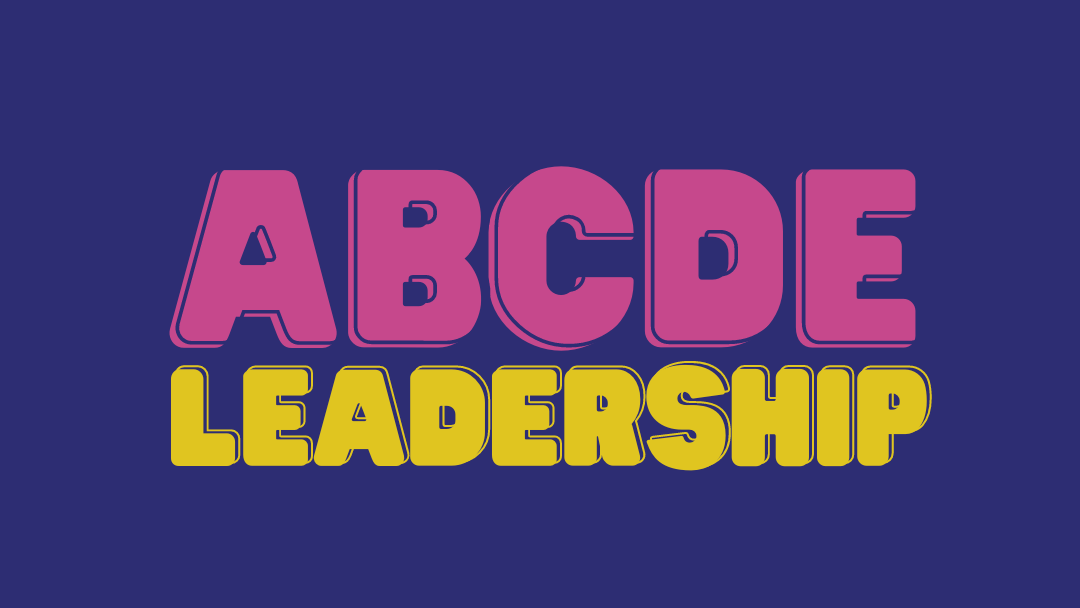Today, I’m eager to share some enlightening perspectives I’ve gleaned about the transformative approach to leadership that’s rooted in the wisdom of the natural world, specifically the world of horses. This approach has reshaped not just my business strategies, but my life philosophy, and the essence of how I engage with my teams. It’s a lesson in leadership far removed from traditional hierarchies—instead, it’s about the dynamism and distributed responsibilities seen in a horse herd.
This brings us to the heart of today’s discussion: the power of shared leadership. Inspired by how a horse herd operates, with shared roles between the lead mare and the stallion, and each member contributing to the herd’s well-being. Shared leadership is about every team member taking collective responsibility for success. It promotes a collaborative environment where trust, harmony, and unity flourish.
Trust in leadership hinges on four key aspects. Leaders must be attentive to subtle shifts, give clear direction, energize the team appropriately, and exhibit authenticity. This model is articulated through the ABCDE of Shared leadership, inspired by the Diamond Model of Leadership created by TeachingHorse.

Within this model of leadership each letter stands for a different leadership attribute we need to embody to effectively navigate change and so lead our teams to success.
A is for Attention:
Leaders must be observant and aware, not just of the team and environment but also of themselves. Attention is where energy flows, and leaders must discern where to best focus it.
Leaders need to notice what’s happening for ourselves and for our team members, and also for the environment that they’re operating in. And we can notice this by paying attention to our breath, our five senses, those intuitive hits. What we know is that when we get anxious, we get up tight, and we unconsciously hold our breath. This makes our bodies taut. And when we’re in that state of kind of slight anxiety and fear, we can’t pay attention to what’s going on about us as we are so focused on ourselves
Where are you placing your attention? Are you placing your attention on things that can make a real difference? Are you wasting, placing your attention on things that make the you can make no difference to so there’s a real art to where we place our attention. Because wherever we place our attention, that’s where our energy goes
B is for Belonging:
At the core of shared leadership is the sense of belonging. As humans we all want to belong and belonging is integral for any collaborative effort.
And as a team, we all want to belong. Relationships are the lifeblood of teams. As humans, we want to be part of social interaction at some level. And one of the things that the pandemic showed us was actually that we were social creatures. And most of us needed other people to get along with, we want that sense of connection, and belonging that comes as being part of a team.
C is for Congruence:
Leaders must be authentic, with their external actions reflecting their internal beliefs.
Congruence is about the emotional authenticity of leaders. It’s about being in touch with one’s feelings, as they provide essential insights into our thinking and responses to any situation. Authenticity fosters trust and confidence in leadership
The horses are very instinctive about this, they know when it’s time to move, they’re paying attention to what’s going on around us. And they get a gut sense maybe if there’s a predator in the environment, and they go and run away at that point in time. And as leaders, it’s really important that we use our authentic voice, because this helps increase trust and confidence in our leadership. And we need to share with the team what’s happening.
D is for Direction:
Selecting a clear focus point is essential, as is maintaining a balance between the big picture and the next immediate steps.
Direction requires setting a course based on what matters most, aligning with our mission and values. It’s about maintaining momentum, knowing when to amplify our efforts and when to conserve them.
Being in motion is really important. So moving forward becomes a fluid motion between seeing what’s on the horizon and taking your next step. So we need to keep balancing this against the big picture. When we stay too focused on the big picture, we can get confusion about what to do next. But we when we stay too granular, too myopic, then we lose the big picture. And we’re not sure why we need to take the next step. And when we’re leading and moving in the direction, we need to increase our energy to get things moving
What I often see happening in organisations is us trying to solve the problem of a lack of direction with more energy. And that’s just like putting your foot on the accelerator in your car, with no idea of where you’re going, you’re going to end up in the wrong direction.
E is for Energy:
Leaders should manage not just their energy but also the team’s—identifying when it’s high and leveraging it, and recognising when it’s low and recharging it.
Managing energy is crucial for the success of any team. Energy takes various forms: physical, emotional, mental, and spiritual. Each type of energy requires different methods to replenish it, and it’s a leader’s role to facilitate this within their teams. Just like horses conserve energy for when it’s truly needed, we must learn to balance energy expenditure with periods of rest and recharging.
So our role as a leader is to harness that energy to use it for the best good. And when we’re in an organisation, and particularly where the energy is depleted, I think it’s really important that we name what the energy is. For example, I’m sensing a reluctance to share some ideas. Or if we reach an agreement and we’ve reached an agreement really quickly, is there anything else we need to say? And it’s just naming this energy. And us having enough attention on what is happening can totally change the dynamics of a conversation. So we need to trust that if we change the energy, we can change the outcome in different direction
To gain a team members confidence, a leader has to demonstrate that they’re paying attention to what’s going on in the community or the organisation give clear direction, which is focused, inspire energy and are authentic, that their intentions can be trusted. And it’s this confidence in leadership that makes a community or an organisation agile, when the time for change can no longer be avoided.
Reflect on these concepts—consider where your attention lies, the direction you’re pursuing, the energy you’re investing, and the congruence of your actions. Engage with these principles, and I’m confident they will guide you towards more impactful teamwork where you feel a real sense of belonging.
Show Notes:
Here are the highlights from this episode:
(04:04) The VUCA Prime experience.
(10:10) The A.B.C.D.E model of shared leadership.
(15:52) How to harness your team’s energy and use it for good.
(20:17) Choosing a point of focus in leadership.
(22:00) You cannot lead if you can’t feel!

Julia Felton (aka The Business Wrangler) is the founder of Business HorsePower. Business leaders, entrepreneurs and executives hire her to accelerate their business performance by harnessing the energy of their people to work more collaboratively together. By aligning purpose with actions the team achieves exponential results as everyone starts pulling in the same direction.
Julia believes that business is a force for good and through designing purpose-driven businesses that leverage the laws of nature, and the herd, you can create businesses founded on the principles of connection, collaboration and community that make a significant impact in the world.

